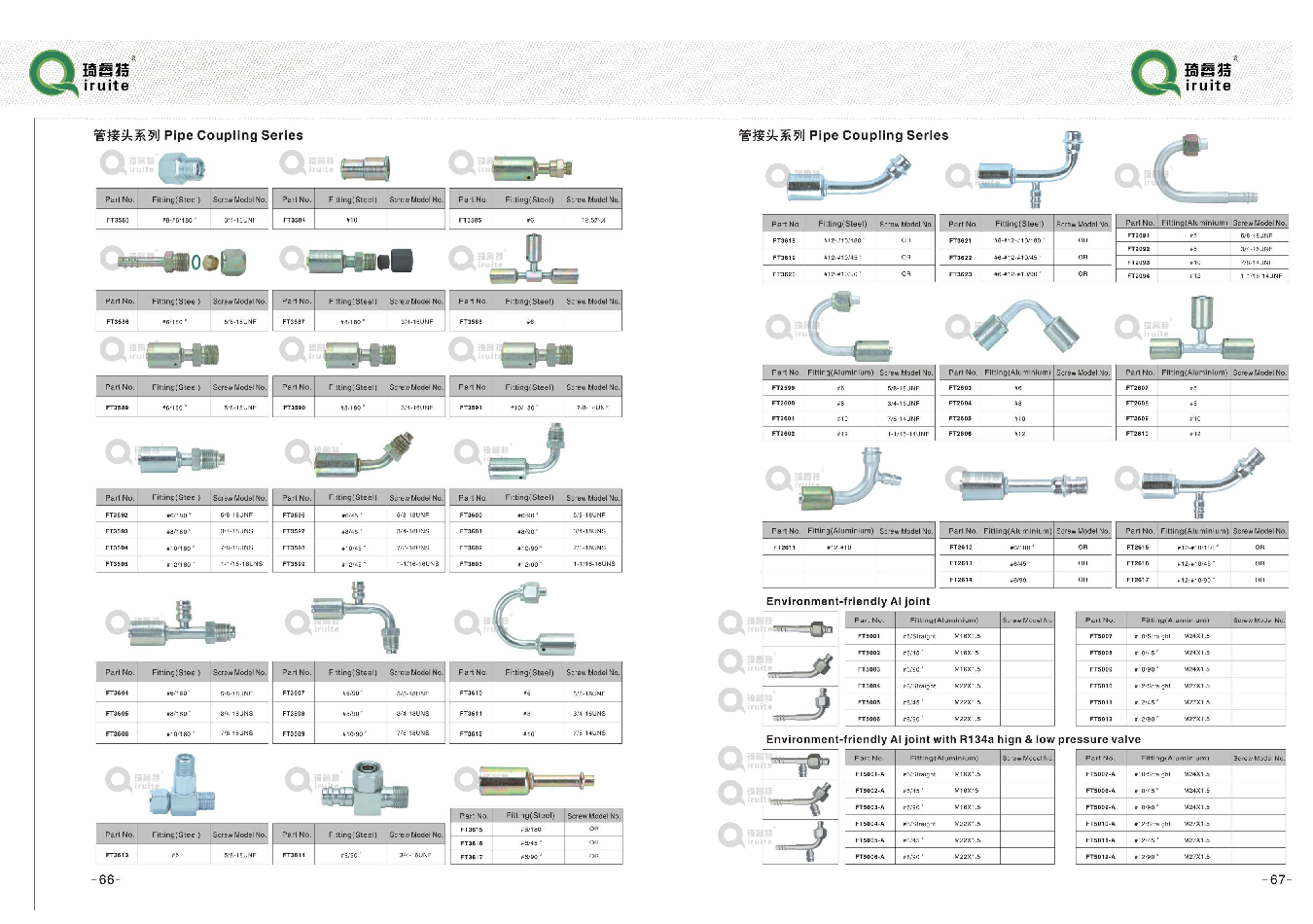Understanding the Functionality of R134A Manifold Gauge for Refrigeration Systems
Understanding the Manifold Gauge for R134a Refrigerant
The manifold gauge is an essential tool in the HVAC (Heating, Ventilation, and Air Conditioning) industry, particularly when servicing air conditioning systems that utilize R134a refrigerant. R134a, or tetrafluoroethane, is a commonly used refrigerant that has largely replaced R12 due to its lower ozone depletion potential. Understanding the operation and application of manifold gauges is critical for HVAC technicians when diagnosing and repairing cooling systems that use R134a.
Overview of Manifold Gauges
Manifold gauges are used to measure pressure in refrigerant systems. They consist of three main components two pressure gauges for high and low sides of the system, a manifold body that connects them, and hoses that attach to the refrigerant system. The blue gauge typically indicates low pressure, while the red gauge shows high pressure. The yellow hose is used to connect to refrigerant tanks or for evacuation and recovery.
The gauges often include color-coded scales that correspond to various refrigerants, allowing technicians to quickly assess pressures and compare them with standard operating ranges. For R134a, these gauges usually indicate pressure in psi (pounds per square inch) and can also show corresponding temperature readings using a saturation table.
Importance of Measuring Pressures
When servicing HVAC systems with R134a, pressure readings from the manifold gauges are used to evaluate system performance. The low-pressure side usually corresponds to the evaporator temperature, where the refrigerant absorbs heat, while the high-pressure side relates to the condenser temperature, where the refrigerant releases heat. By comparing these readings with manufacturer specifications, technicians can determine whether the system is functioning optimally or if issues such as leaks, blockages, or refrigerant charge problems exist.
Charging R134a in an HVAC System
manifold gauge r134a

One of the primary uses of a manifold gauge is for charging the R134a refrigerant into the system. Charging must be done carefully, as overcharging or undercharging can lead to inefficiency and potential system damage. To charge a system, the technician connects the yellow hose to the refrigerant supply tank and opens the valves on the manifold. The low-pressure side valve is typically opened first, allowing refrigerant to flow into the system while monitoring the gauges.
Technicians must also consider the ambient conditions, as these can affect system pressures. It’s crucial to have a clear understanding of the pressure-temperature relationship for R134a, as this helps technicians to achieve the proper charge without compromising system efficiency.
Troubleshooting with Manifold Gauges
In addition to charging, manifold gauges are invaluable for troubleshooting issues within R134a systems. For example, if the low-side pressure is unusually high, it may suggest a compressor issue, a clogged filter, or an overcharge of refrigerant. Conversely, low readings on the high side could indicate insufficient refrigerant, compressor failure, or airflow problems.
By interpreting the data from the manifold gauges, technicians can pinpoint issues more effectively, thus ensuring timely and accurate repairs.
Safety and Best Practices
When using manifold gauges with R134a, safety is paramount. Technicians should always wear appropriate personal protective equipment (PPE), including gloves and goggles, to protect against refrigerant exposure. Additionally, periodic calibration of gauges is essential to maintain accuracy, and technicians should be familiar with local regulations regarding the handling of refrigerants.
In conclusion, the manifold gauge is an indispensable tool in working with R134a refrigerant systems. Understanding how to read, interpret, and apply the data from these gauges is crucial for effective HVAC service, ensuring that cooling systems operate efficiently and safely. Proper training and adherence to best practices can significantly enhance the longevity and performance of HVAC systems utilizing R134a.
-
Ultimate Spiral Protection for Hoses & CablesNewsJun.26,2025
-
The Ultimate Quick-Connect Solutions for Every NeedNewsJun.26,2025
-
SAE J1401 Brake Hose: Reliable Choice for Safe BrakingNewsJun.26,2025
-
Reliable J2064 A/C Hoses for Real-World Cooling NeedsNewsJun.26,2025
-
Heavy-Duty Sewer Jetting Hoses Built to LastNewsJun.26,2025
-
Fix Power Steering Tube Leaks Fast – Durable & Affordable SolutionNewsJun.26,2025

